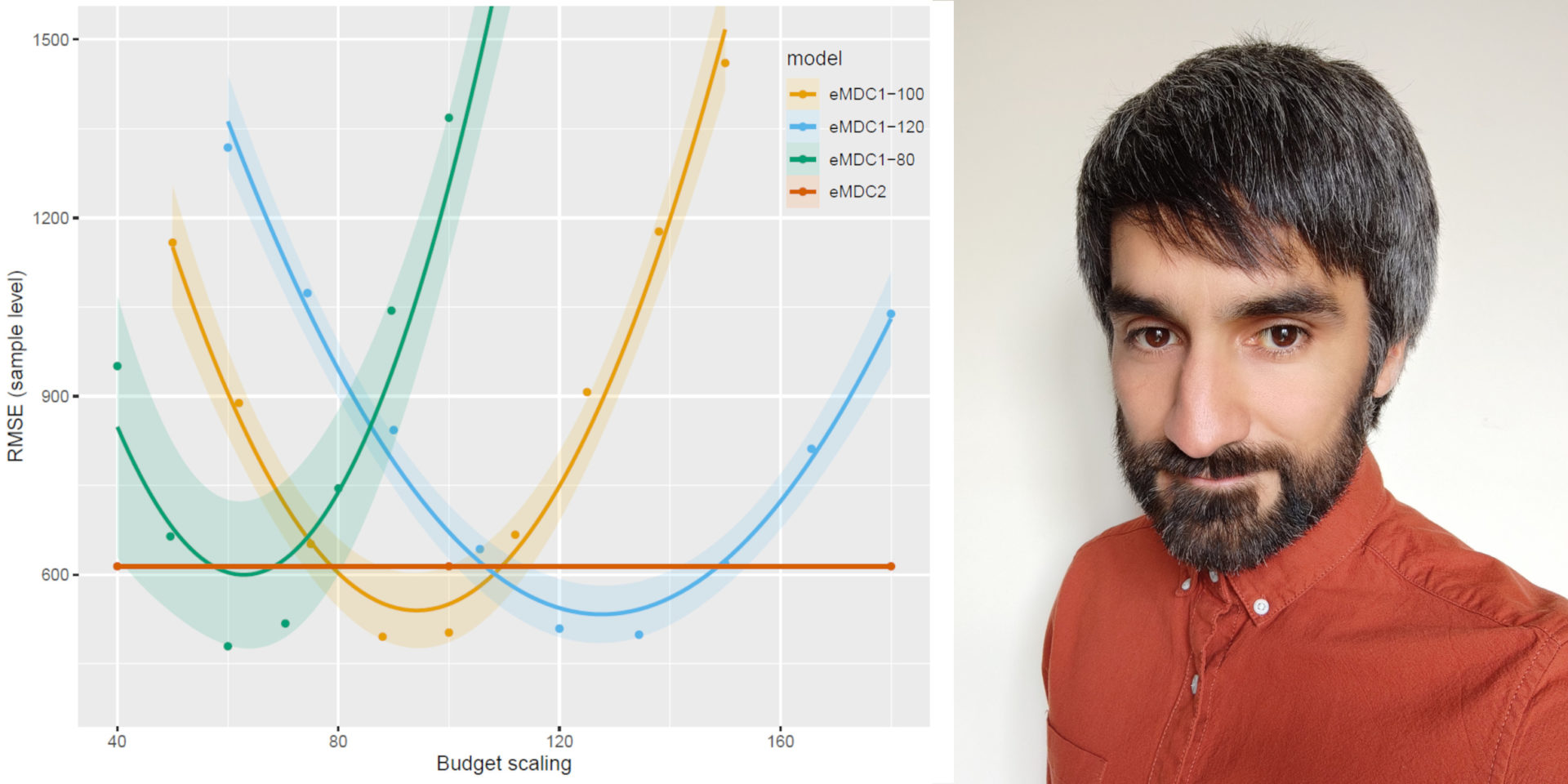David Palma - Presentation at the 16th International Conference on Travel Behaviour Research and seminar at Universidad de Chile

David gave a presentation at the 16th International Conference on Travel Behaviour Research entitled "An MDCEV model with unknown budget"and a seminar at the Department of Transport and Logistic from Universidad de Chile’s Engineering School entitled "Comparing MDCEV and eMDC models for time use in the presence of multitasking". Abstracts and links to slides for these are below:
Title of presentation: An MDCEV model with unknown budget
Abstract:
The Multiple Discrete Continuous Extreme Value (MDCEV) model proposed by Bhat (2008) has established itself as the standard tool for studying the joint choice of multiple products (the “what”) and the quantity of each chosen product (the “how much”). It solves the classical consumer problem of maximizing the utility, subject to a limited budget of a resource, such as income or time, while assuming stochasticity in the utility of the alternatives.
In its present form, the MDCEV model requires an exogenously determined budget. This might be trivial in the case of time use (24 hours per day), but is less evident in other applications. For example, when the budget is monetary we could use an individual’s personal, household or disposable income. And if only one category of products is considered (e.g. groceries) some individuals may use discretionary limits per category, further complicating the issue. In these cases, some studies define the budget as the total observed expenditure, but this approach makes forecasting difficult, as the budget must be predicted separately, and its prediction errors cascade to the MDCEV model.
In this presentation we introduce the extended Multiple Discrete Continuous model (eMDC), which does not require an exogenous budget, but allows for complementarity and substitution effects. The model assumes an incomplete demand system (i.e. the existence of an outside good), and an unobserved large budget, relative to the expenditure on the inside goods. We present practical applications of the model highlighting its benefits.
Link to slides: https://www.dropbox.com/s/gey5493r77awf0m/eMDC_v2.pdf?dl=0
Title of seminar: Comparing MDCEV and eMDC models for time use in the presence of multitasking
Abstract: Information technologies have made our travelling time more productive: we can now work while flying or riding a train or a bus. From a transport planning perspective, it is relevant to understand and predict the activities that individuals will engage with while travelling, as they will affect their value of time. For example, if I am busy while travelling, I might care less about the length of the trip. In this presentation, we compare two discrete-continuous models to identify which is more appropriate to study this phenomenon.
Link to slides: https://www.dropbox.com/s/jolsn9znq6adws0/seminar%20Chile.pdf?dl=0
